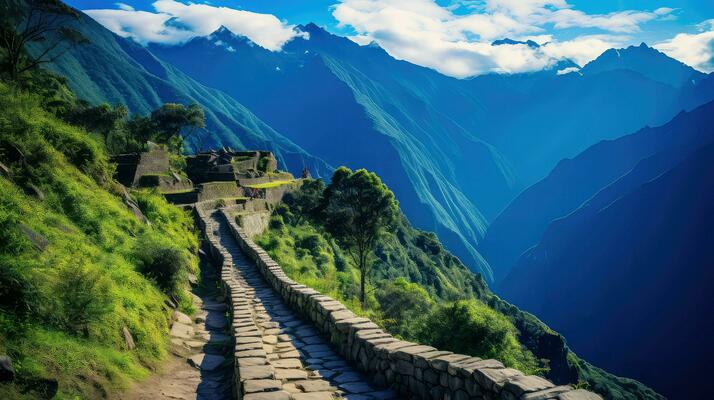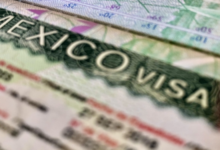Llama Path: Trekking the Inca Trail to Machu Picchu
Llama Path: Trekking the Inca Trail to Machu Picchu

The Inca Trail is one of the most iconic trekking routes in the world, leading adventurers through breathtaking Andean landscapes and ancient ruins, all the way to the majestic Manchu Pitch. Among the many tour companies offering this unforgettable experience, Llama Path stands out for its commitment to sustainability, cultural preservation, and exceptional service. Known for providing well-organized and eco-conscious treks, Llama Path ensures that every hiker’s journey along the Inca Trail is as rewarding as it is unforgettable.
What Makes Llama Path Special ?
Llama Path is not just a tour operator; it is a company dedicated to responsible tourism. Their guiding philosophy revolves around protecting the natural environment, respecting local communities, and providing fair wages to their staff, including the highly skilled porters who are essential to the success of each trek. This focus on ethical and sustainable travel makes them a popular choice for conscientious travelers. Visit here: llama path inca trail
Porters play a crucial role in the Inca Trail experience, carrying camping gear, food, and other essentials while the trekkers focus on the journey ahead. Llama Path is renowned for treating their porters with dignity and respect, providing them with good working conditions, proper equipment, and fair compensation. This approach enhances the overall experience for trekkers, knowing they are part of a responsible and respectful travel company.
The Inca Trail Experience with Llama Path:
The Inca Trail is a 26-mile (42-kilometer) trek that typically takes four days to complete, winding through stunning mountain passes, ancient Inca ruins, and lush cloud forests. Llama Path’s expert guides lead groups along this route, offering rich insights into the history and culture of the Inca civilization, as well as the significance of the landmarks along the way.
Day 1: Starting the Adventure:
The trek begins with a scenic drive from Cusco to the trailhead at Kilometer 82. On the first day, hikers will pass through beautiful valleys and small villages, with views of the Urubamba River and snow-capped mountains. The path is relatively gentle, allowing trekkers to ease into the journey while enjoying the natural beauty of the Andean landscape.
Day 2: The Challenge of Dead Woman’s Pass:
Day two is considered the most challenging, as trekkers face the ascent to Dead Woman’s Pass (Warmi Wañusca), the highest point on the Inca Trail at 13,828 feet (4,215 meters) above sea level. The climb is steep and strenuous, but the sense of achievement upon reaching the summit is unmatched. From here, the views are breathtaking, with sweeping vistas of the surrounding mountains and valleys. Click here: short inca trail tour
Llama Path guides ensure that trekkers take the climb at their own pace, offering encouragement and support along the way. Once the group reaches the pass, the descent into the Pacaymayo Valley begins, where hikers will set up camp for the night.
Day 3: Exploring Inca Ruins:
Day three offers a mix of challenging ascents and descents, but it is also the most rewarding in terms of historical exploration. Trekkers will pass several impressive Inca ruins, including Runkurakay, Sayacmarca, and Phuyupatamarca. These ancient sites offer a glimpse into the Inca’s architectural brilliance and their deep connection to the surrounding environment.
Llama Path guides share fascinating stories and historical context at each site, bringing the ancient civilization to life. The day ends with a descent through lush cloud forests, where the vegetation becomes more tropical as the trail approaches the final campsite near Wiñay Wayna, an impressive terraced ruin that is a highlight for many trekkers.
Day 4: Sunrise at Machu Picchu:
The final day of the trek is what every hiker has been waiting for – the arrival at Machu Picchu. After an early morning start, trekkers reach the famous Sun Gate (Inti Punku) at sunrise, where the first glimpses of Machu Picchu appear through the mist. It’s an unforgettable moment as the ancient city comes into view, surrounded by towering peaks and steep terraces.
Upon arrival at Machu Picchu, Llama Path guides offer a detailed tour of the site, explaining its historical significance, the mysteries surrounding its construction, and the daily life of its inhabitants. After the tour, trekkers have the opportunity to explore Machu Picchu at their own pace, soaking in the awe-inspiring atmosphere of this sacred site.
Why Choose Llama Path?
Choosing Llama Path for your Inca Trail trek means more than just a well-organized adventure. It means being part of a responsible and ethical travel experience that prioritizes the environment and local communities. Llama Path is committed to minimizing their ecological footprint by following strict waste management practices, limiting group sizes, and ensuring that their porters and staff are treated with respect and fairness. Visit here: inca machu picchu trail
Llama Path’s guides are also known for their expertise and passion. They provide in-depth knowledge of the Inca culture, the natural landscape, and the history of Machu Picchu, enriching the trekking experience with stories and insights that make the journey even more meaningful.
Conclusion
Trekking the Inca Trail with Llama Path offers a unique blend of adventure, history, and cultural immersion. Whether you’re drawn to the challenge of the high-altitude trek, the allure of exploring ancient ruins, or the opportunity to experience the beauty of the Andes, Llama Path ensures a memorable and responsible journey to one of the world’s greatest wonders.








